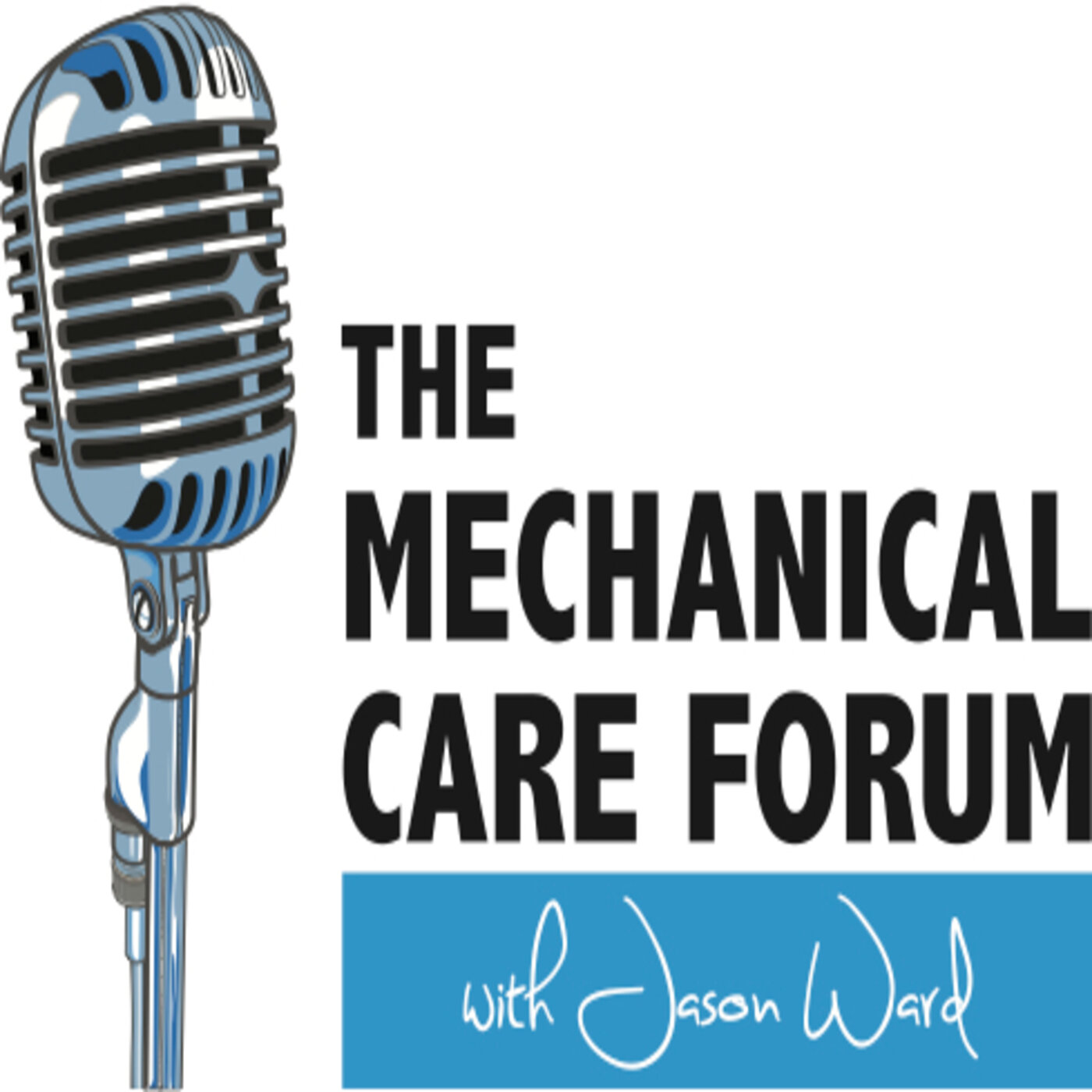Mark Miller
USA | PT, Dip. MDT
Show Notes
(by Jayla Hall)
(1:05; 5:50)
Professional Background
Mark Miller, PT, Dip. MDT earned a 4-year degree in Human Kinetics from the University of Windsor (1984) prior to successfully completing a Bachelor of Physical Therapy from the University of Toronto (1987). In 1991, he obtained his diploma in Mechanical Diagnosis and Therapy (MDT) from the McKenzie Institute in New Zealand. Miller was then appointed to the Teaching Faculty for The McKenzie Institute (1992) and afterward promoted to Senior Faculty (1993) and International Faculty (1994). Mark has instructed more than a few hundred courses on the McKenzie Method to physicians, musculoskeletal care clinicians, and others in the USA, Canada, Brazil, Mexico and Norway.
Mark currently fulfills the role of President and Chief Clinical Officer for Integrated Mechanical Care (IMC) , a company designed to connect MDT-trained clinicians to prospective payers while maintaining MDT quality control, in Tallahassee, FL.
(2:20)
Personal Background
Mark Miller was born and raised in Canada. Upon pursuing a college education, Miller joined the Ministry of Northern Affairs (the American equivalent of the U.S. Army) given his low socioeconomic background; and the organization established the basis of his early professional training. He is also husband to Halley and a father to two sons, Cole and Drew.
(10:30)
What stands out about the principles of MDT and the people who contributed to its formation?
Miller highly regards Robin McKenzie as a distinct clinician and ingenious pioneer of MDT. Miller prompts clinicians to consider Robin’s “ability to be inquisitive”:
“Robin was never as concerned about fixing something as he was about understanding it.”
Miller deems the principal problem in current musculoskeletal care to be clinicians’ ‘fix it’ methodologies:
“When you look at the studies that are comparing methodologies, they’re looking at the treatments. ‘Is one treatment more effective than another?’ Robin was never about that; it was always about the assessment piece that would create an answer. Understanding a problem would drive the answer, rather than ‘Let’s apply these particular methodologies.’”
(12:35)
McKenzie’s Inquiry to Miller:
Do you think that we should be able to predict…what we’re going to find in the physical exam, given the history?
Quotes:
“If [Robin] would go into the physical exam and he wasn’t finding what he thought he should have based on the history, [then] he’d go back to the history and re-ask the questions.” –Miller
In other words, when the physical exam would not demonstrate the subjective examination’s expectations, then Robin would investigate the reason(s) behind such incongruence. Miller confirms McKenzie’s inquiry:
“If [the clinician] does a subjective examination [accurately], then what gets said in the history should pan out in the physical exam.”
In this respect, Miller expresses:
“[Robin] really believed that the patient had the answers.”
(14:50)
A Memorable Quote
McKenzie advised Miller to not praise himself too hastily upon improving patient-reported outcomes:
Quotes:
“‘We don’t know clinically if we’ve really had an effect until we’ve followed [the patient] for a year.’”
“‘If you want to know [whether or not] you’ve had an effect, [then] call [patients] a year later to see if they’re still doing okay.’” –Miller quotes McKenzie
“That’s when I started to realize that I owned every patient that came into my office from the second I met [him/her] until a year after I discharged [him/her].” –Miller
(18:50)
The Fee-for-Service Model
Said model is one of the greatest challenges and obstacles for the conservative MSK care clinician:
The clinician is paid for the services rendered, rather than paid for the valuable patient outcomes attained; and
The clinician who is efficient and effective in clinical and patient care may receive lesser pay, since he/she “didn’t spend the time”
Clinicians may, thus, be tempted to maintain patients within their patient caseload. Miller suggests clinicians–esp. MDT-trained clinicians–to negotiate a case rate with those who are paying the bills within the local community in which they work.
(26:50)
What are our primary strengths as MDT-trained clinicians?
The MDT assessment is our primary strength, with respect to its reliability, its ability to quickly ascertain whether or not a patient’s complaint will be resolvable by conservative, mechanical treatment, its prognosis of how long it may be before the patient’s issue is resolved, and more.
Quotes:
“If you can show [payers], as an MDT-trained clinician, that you have the ability to guide the patient to the proper care immediately, then [the payers] save on [costs]: medical…administrative…short- and long-term disability…wage replacement… productivity… [etc.]”
“If [payers] have someone at their disposal [who] can perform [in this manner], then they’ve got a solution to their orthopedic spending problem.” –Miller
Moreover, Miller adds:
“The patient gets what [he/she] requires, rather than what the clinician just happens to supply.”
(30:20)
What are the keys that have contributed to your success?
Miller answers, “It takes a village.”
Quote:
“You have to recognize that you’re not the only clinician on the planet; and you have to recognize that your piece takes you [only] so far.” –Miller
We hope to deliver this content to the committed professional who wants to improve his/her care and we hope to do it in a way that is easily accessible, the world over, in today's technological age.
To contribute:
Give a 5-star review on iTunes;
Share EP #11 with a friend; and/or
Connect with us on the MCF Website and MCF Instagram page!
Thanks for your support!

